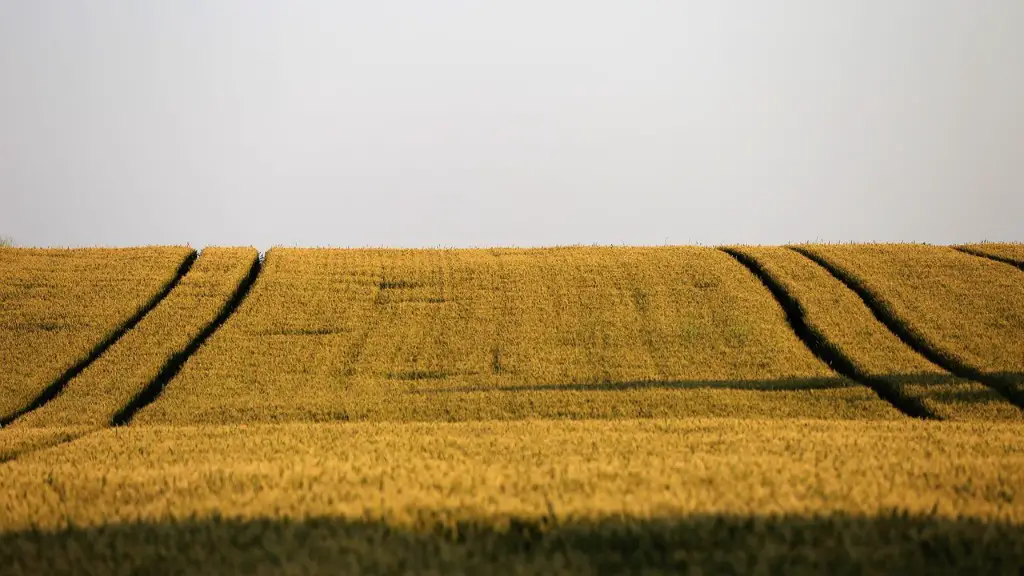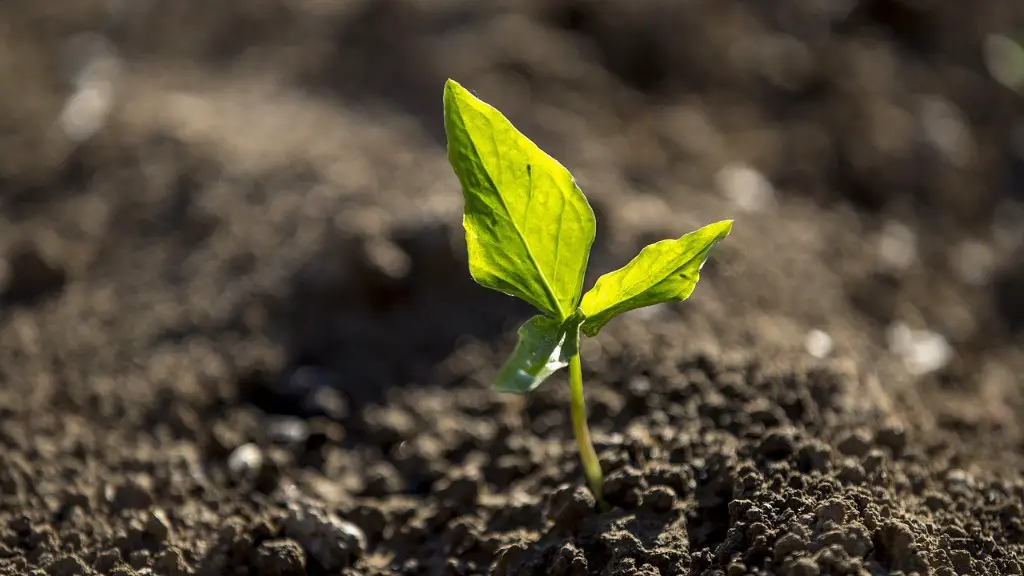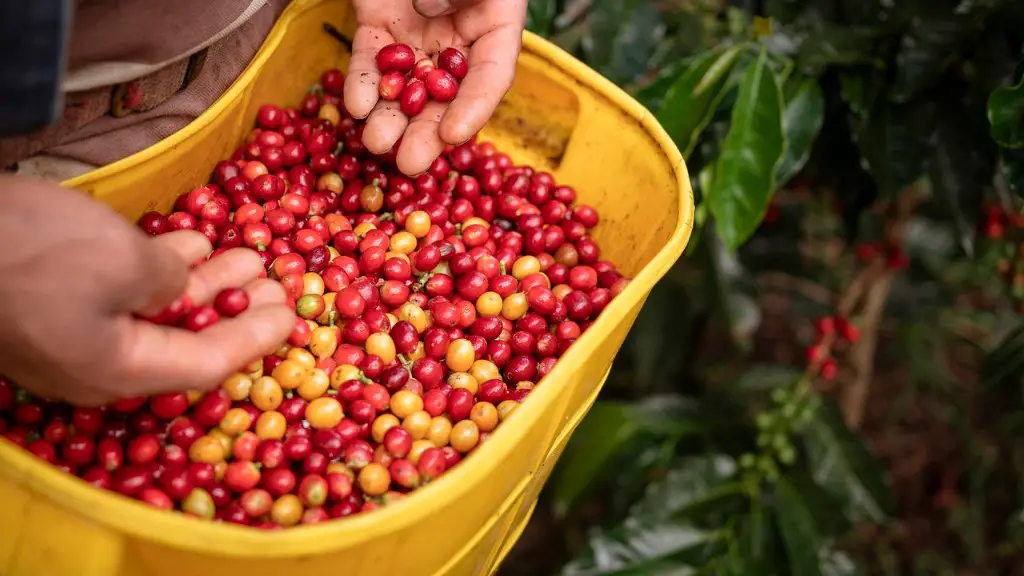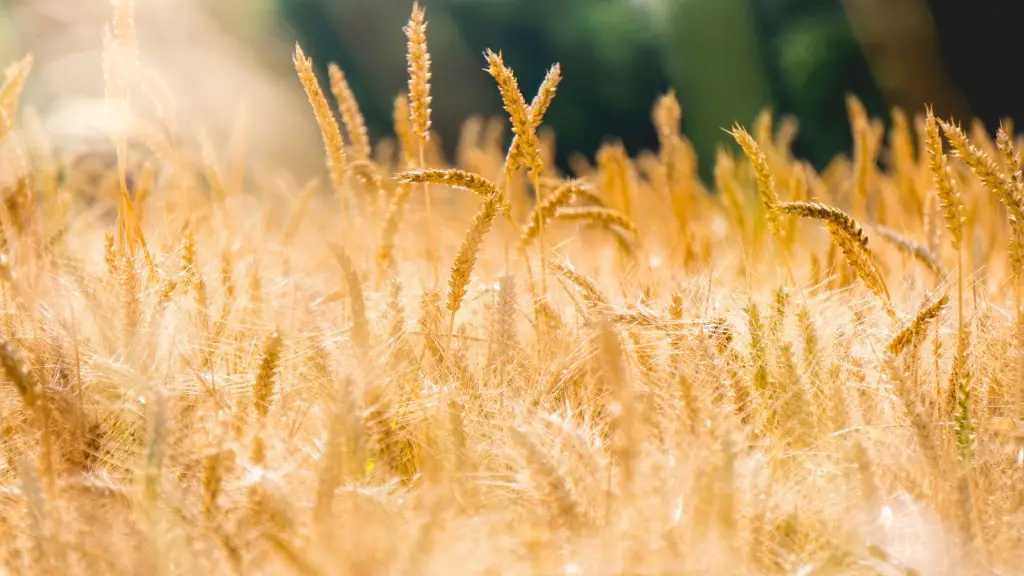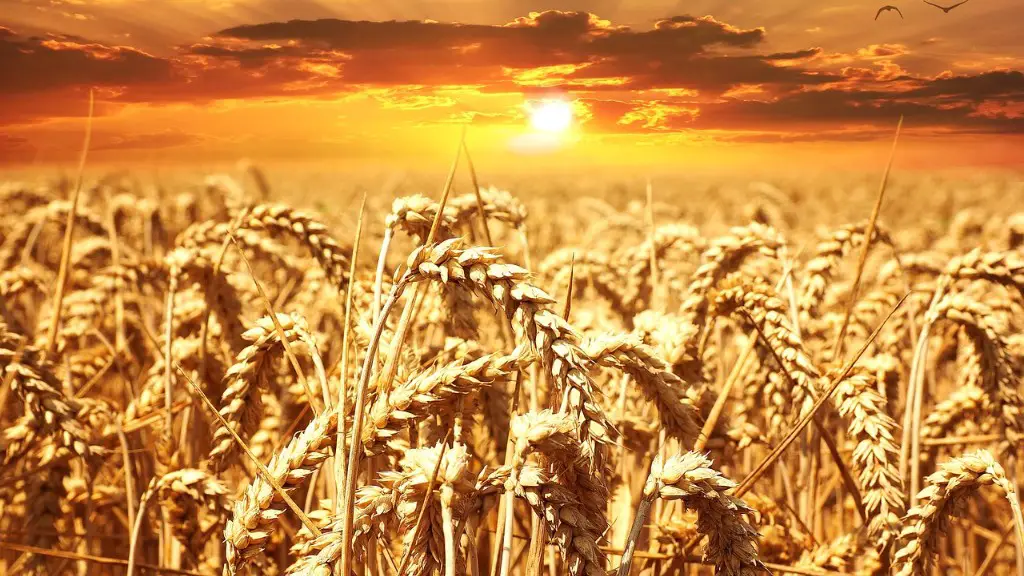Sustainable agriculture is a type of agriculture that focuses on producing food in a way that is environmentally sustainable. This means using methods that do not deplete the resources of the earth, such as water or soil, and that do not damage the environment. One way that sustainable agriculture improves soil fertility is by using techniques that do not involve tilling the soil. Tilling the soil can lead to soil erosion, which decreases the amount of nutrients in the soil. sustainable agriculture also uses cover crops and crop rotations to improve soil fertility. Cover crops are plants that are grown to cover the soil and protect it from erosion. They also add organic matter to the soil, which improves its fertility. Crop rotations are a way of growing different crops in the same field in different years. This helps to replenish the nutrients in the soil that are used by the crops.
There are a number of ways in which sustainable agriculture can improve soil fertility. Some of the main ways are:
1. Using cover crops: This involves growing certain plants (usually grasses) in between the main crop. The cover crop helps to improve soil structure, keeps the soil moist and can also help to suppress weeds.
2. crop rotation: This involves growing different crops in a particular order on the same piece of land. Crop rotation helps to improve soil fertility as it prevents the build-up of pests and diseases and also helps to maintain a good nutrient balance in the soil.
3. organic matter: This includes things like manure and compost. Adding organic matter to the soil helps to improve its structure, increases its moisture-holding capacity and also provides nutrients for the plants.
4. minimum tillage: This involves using methods that disturb the soil as little as possible (such as no-tillage or minimum tillage). This helps to preserve the soil structure and also reduces soil erosion.
How does agriculture affect soil fertility?
Farming practices such as tilling break up the soil and destroy its natural structure, killing many of the vital bacteria and fungi that live there and leaving it vulnerable to being washed away. This can have a negative impact on food production and also lead to soil erosion.
Soil fertility can be further improved through a variety of methods, including incorporating cover crops that add organic matter to the soil, using green manure or growing legumes to fix nitrogen from the air, and micro-dosing. Each of these methods leads to improved soil structure and a more fertile soil.
What are 5 ways to increase soil fertility
There are a number of ways to improve soil fertility, including fallowing, using compost, manure, crop residues, fertilizer trees (eg Calliandra and Pygeum africana), intercropping legumes with cereals and including the principles of conservation agriculture (crop rotation, ensuring permanent cover for the soil and no disturbing of the top soil layer). All of these methods can help to improve soil fertility and improve crop yields.
Healthy soil is the key to productive and sustainable agriculture. By managing for soil health, farmers can reduce erosion, improve water infiltration, and optimize nutrient cycling. This not only saves money on inputs, but also improves the resilience of their farmland.
What factors improve soil fertility?
There are a few key factors that affect soil fertility and how well plants can grow in it. The first is the mineral composition of the soil, which can help to determine how well the soil can hold onto nutrients that plants need. Another important factor is the pH of the soil, as this can impact the availability of nutrients. Soil texture also plays a role, as a more sandy soil will require more frequent watering than a clay soil, for example. Finally, organic matter can help improve fertility by providing nutrients and improving soil structure. Adding manures and fertilizers can also help to improve fertility, as can planting leguminous crops, which can help to fix nitrogen in the soil.
A soil’s natural fertility depends largely on the parent materials from which the soil has developed and the original vegetation. Nutrients are held in the soil as electrically charged ions that can be positive (cations) or negative (anions).
What are the benefits of sustainable soil management?
Soils play a vital role in food production and many other important ecosystem services. Studies have shown that sustainable soil management can help increase food production, improve the nutrient content of food, and help adapt to and mitigate climate change. These are just a few of the many reasons why it’s so important to protect and improve our soils.
There are many potential solutions to improving soil health. One is to adopt a soil health management system, which can include practices like conservation tillage, cover crops, and diverse crop rotations. Another solution is to implement no-till cropping systems, which can help improve soil health by reducing soil disturbance. Nutrient management is another key solution, as it can help optimize plant nutrition and help reduce soil erosion. Grazing management is also a key solution, as it can help improve pasture health and promote soil carbon sequestration. Finally, maintaining crop residues on the surface can help protect soils from erosion and help improve soil health.
Which one of the following is sustainable for restoring soil fertility
Yes, rotation of crops is a good way to restore soil fertility. By rotating crops, farmers can help build up organic matter in the soil, which improves the soil’s ability to hold water and nutrients. Rotating crops can also help control pests and diseases.
The three primary nutrients are nitrogen (N), phosphorus (P), and potassium (K). They are required in larger quantities than other nutrients, and form the basis of the N-P-K label on commercial fertilizer bags. Nitrogen is needed for plant growth, phosphorus is essential for root development, and potassium helps plants resist stress and improve resistance to disease. All three nutrients are necessary for optimal plant health.
What is the soil quality for sustainable agriculture?
Ideal soils for agriculture contain a balance of minerals (sand, silt, and clay), organic matter, air, and water. This balance is necessary for optimum plant growth and yield. Sandy soils may be too draining, while clay soils may be too compacted. SOM helps to hold nutrients and water in the soil, while air and water are essential for plant growth.
The layer of organic matter left on the ground surface acts as mulch that promotes infiltration, thereby reducing both runoff and erosion by the runoff that does occur. This is a beneficial process that helps to improve the quality of the soil and protect it from further damage.
What is soil quality in relation to sustainable agriculture
Soil quality is a term used to describe a soil’s ability to function within an ecosystem. The various chemical, physical, and biological properties of a soil interact in complex ways that determine its potential fitness or capacity to produce healthy and nutritious food.
Soil quality can be adversely affected by many things, including human activity. deforestation, overgrazing, and agricultural chemicals can all lead to a decline in soil quality. This, in turn, can lead to less productive landscapes and poorer food quality.
There are several ways to increase profitable farm income while promoting environmental stewardship and enhancing quality of life for farm families and communities. One way is to increase production for human food and fiber needs. This can be done by implementing more efficient production methods, developing new technologies, and/or increasing the demand for agricultural products. Another way to increase profitability is to decrease input costs while maintaining or increasing output. This can be done by using more efficient production methods, developing new technologies, and/or increasing the demand for agricultural products. Finally, another way to increase profitability is to diversify farm operations to include non-traditional farm products and services such as agritourism, value-added products, and direct marketing.
What are 5 benefits of sustainable farming?
Sustainable agriculture has many benefits that make it a desirable option for farmers and others interested in the agricultural industry. One of the main benefits is that it can reduce costs associated with traditional farming methods, such as the costs of water and soil erosion. Additionally, sustainable agriculture prevents pollution and saves energy. Additionally, many sustainable agriculture practices are animal-friendly, promoting biodiversity and improving food production with less waste and public health.
Soil plays an important role in mitigating climate change through carbon sequestration and reducing greenhouse gas emissions. By sequestering carbon in the soil, it reduces the amount of carbon in the atmosphere, which helps to mitigate climate change. Soil also helps to reduce greenhouse gas emissions by reducing the amount of methane and other greenhouse gases that are released into the atmosphere.
Conclusion
Sustainable agriculture can improve soil fertility in a number of ways. For example, sustainable farmers often use cover crops and crop rotation to help build soil organic matter, which improves soil fertility. They may also use more environmentally-friendly soil amendments, such as compost, to improve soil health. In addition, sustainable farmers often employ grazing management practices that help improve soil function and fertility.
Sustainable agriculture is a type of agriculture that focuses on producing long-term crops and livestock while maintaining and improving the quality of the soil. Unlike traditional farming techniques that deplete the soil of nutrients, sustainable agriculture actually improves soil fertility by replenishing it with essential nutrients. This leads to healthier plants and animals, and a more sustainable agricultural system overall.
